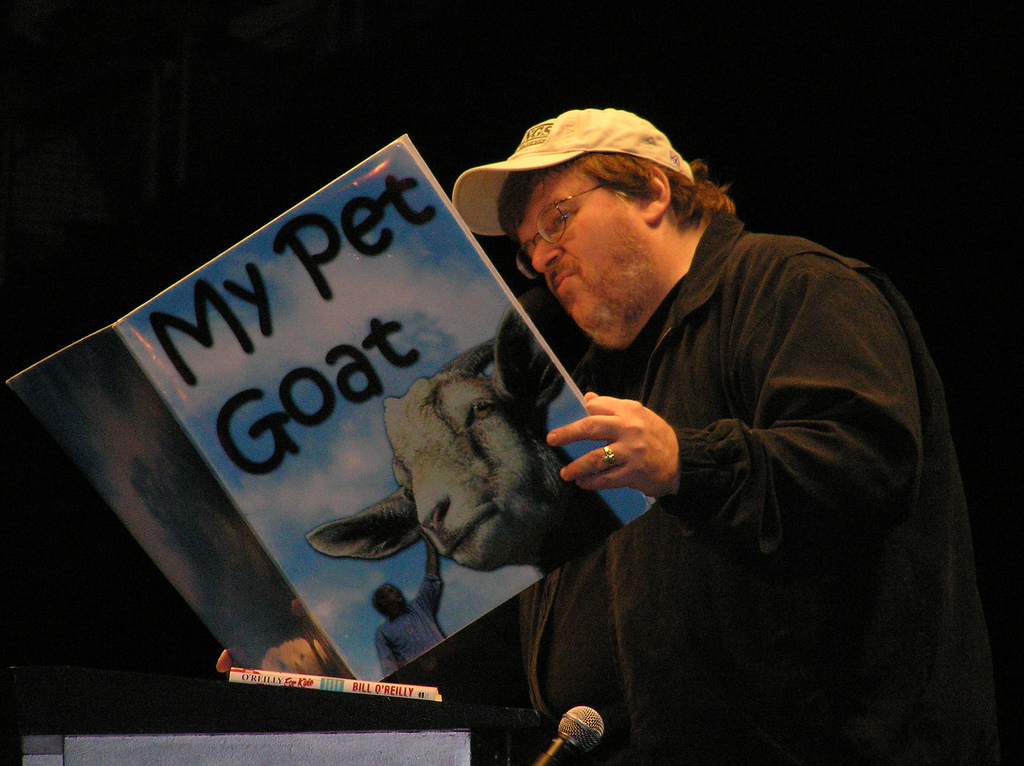Difference Between Parody and Satire

In this current day and age, tensions and stresses are plenty. No group, regardless of their age, race or cultural background is able to escape these problems. A good way to counter them is to have a bit of fun which can prove to be an antidote.
Satire and parody are two of the most common genres of humour that are used on film, television and theatre. Often they are taken in the same sense but in reality, they are not so similar. A few differences make them different in nature from each other.
Instructions
-
1
Base
In satire, the person making the jokes that aim at the other person in any way he or she pleases. There is no restriction of doing so in particular way of speech or actions. On the flip side, parody may not be making jokes about the person but instead be more related to copying the other person and converting his or her statements into slightly funny ones. -
2
Style
In satire, there are clear cut points made on someone or some situation. The words that are used are often articulate but take a serious aim at their objective. These can sometimes be bitter words with a bit of sugar coating and can be insulting as well. On the other hand, parody is more for some fun and generally does not include hard punches at the person who is being imitated. -
3
Objective
Satire more often than not has an objective to create social awareness. The reason for those words to be delivered is to make the audience as well as the person on whom the verbal jibes are taken to understand the importance of the issue. Parody looks to create a bit of laugh and there is often little or no objectivity although that can change with individual parody artists. -
4
Understanding
Understanding satire, especially well written satire is not everyone’s cup of tea. It often requires you to be at home with the situation and the background on the basis of which the punches are being delivered. For understanding parody, all you need to know is the style of the person who is being imitated. Even the person doing the parody can copy the person right and does not make any jokes of his or her own, audiences will connect and enjoy.





